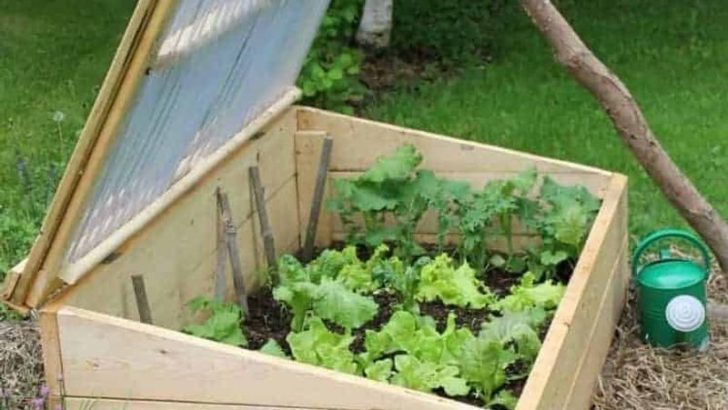Gardening, a timeless art passed down through generations, holds secrets that many modern enthusiasts overlook. Our grandparents, with their wisdom and experience, had a treasure trove of gardening tips that seem to have faded into the background. These forgotten gems, although not widely practiced today, have proven their worth over decades. Dive into these eleven tips and rediscover the rich tapestry of gardening practices from yesteryears, ensuring that your garden remains lush, vibrant, and bountiful.
1. Companion Planting
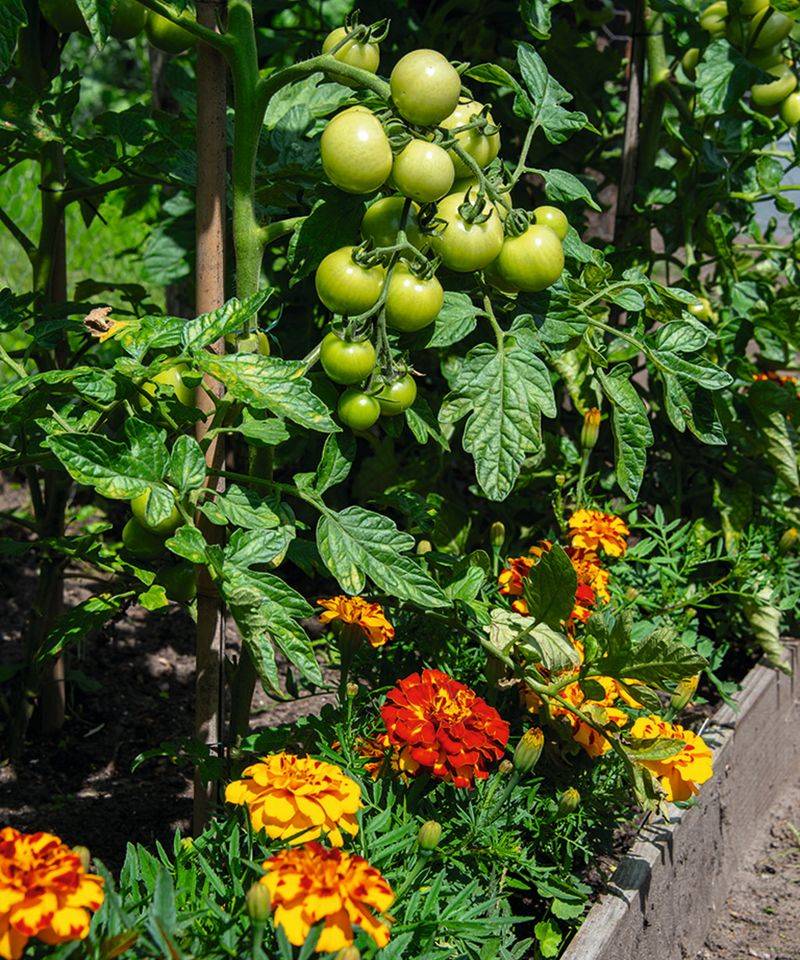
In the world of gardening, companionship goes beyond humans. Companion planting is an age-old practice that involves growing certain plants together to enhance growth and deter pests. Marigolds, for instance, are often planted with tomatoes to ward off nematodes. This symbiotic relationship not only boosts plant health but also increases yields. Imagine a tomato plant flourishing beside bright marigolds; their mutualistic bond is the essence of nature’s friendship. Embrace this forgotten wisdom and watch your garden thrive in harmony, just like in the days of our grandparents. It’s a simple yet effective way to garden smarter, not harder.
2. Eggshell Fertilizer
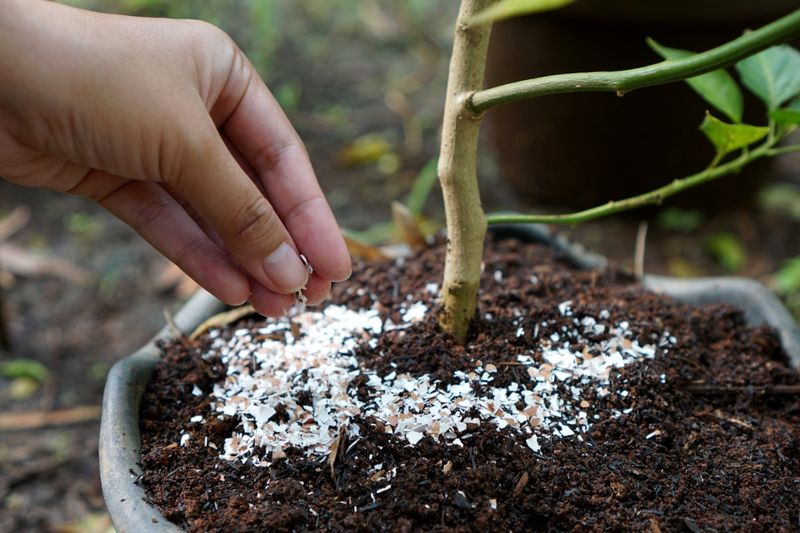
Before the age of synthetic fertilizers, gardeners turned to their kitchens for nutrient solutions. Eggshells, rich in calcium, were crushed and sprinkled into the soil to strengthen plant cell walls. This humble kitchen waste transforms into a powerful soil amendment. Imagine sprinkling crushed eggshells around your plants, watching them grow robust and healthy. The practice of using eggshells is a testament to resourcefulness, ensuring plants receive essential nutrients without chemical additives. Rediscover this method and give your garden the natural boost it deserves, honoring the sustainable practices of the past.
3. Rainwater Harvesting
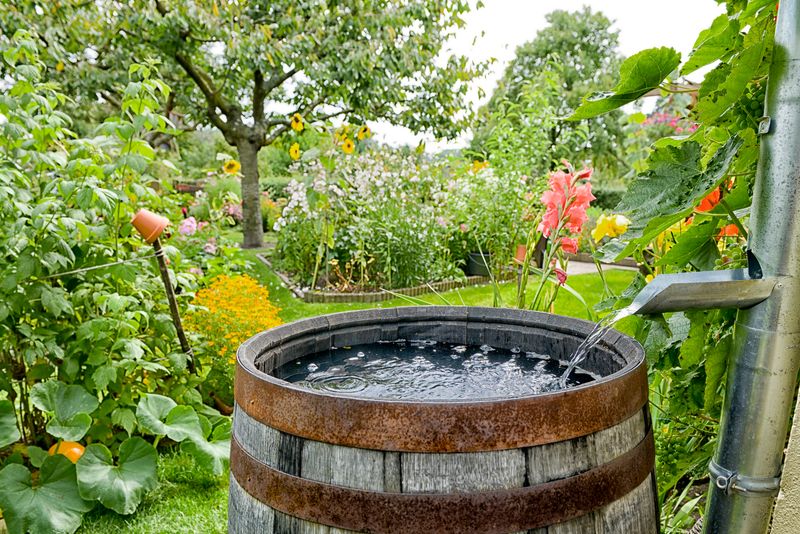
Watering the garden was an art our grandparents mastered through rainwater harvesting. Collecting rainwater in barrels ensures a natural and sustainable water source for plants. This method conserves resources while providing plants with the purest form of hydration. Picture a serene rain barrel, filling up with every shower, ready to nourish your garden. By embracing this eco-friendly practice, you are not only saving on water bills but also honoring the circle of nature. This age-old tradition is a gentle reminder of how simplicity can lead to sustainable living and gardening.
4. Homemade Compost
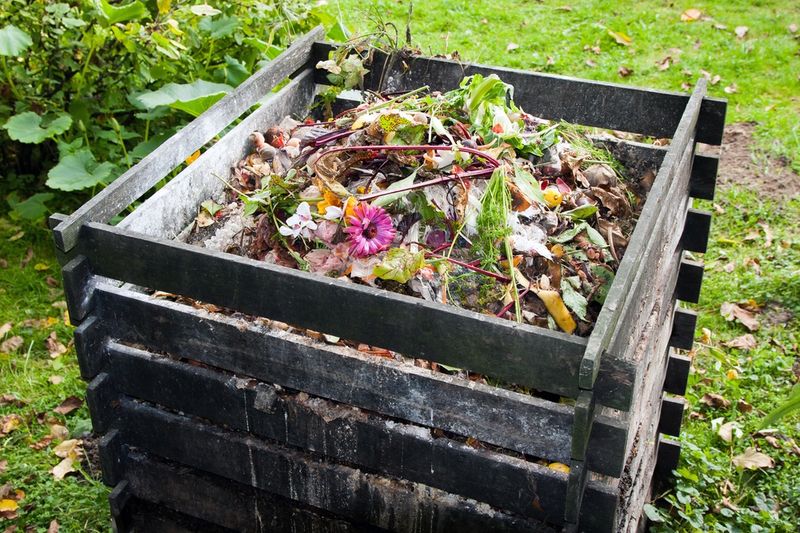
For many, composting is synonymous with recycling; however, our grandparents saw it as a vital gardening ritual. Creating compost from kitchen scraps and garden waste enriches the soil, promoting healthy plant growth. Imagine a steaming compost pile, full of life and transformation. It’s a simple process where waste becomes the essential food for plants. This practice not only reduces household waste but also leads to a thriving, vibrant garden. By adopting this forgotten tip, you create a cycle of life, turning what was once waste into a garden’s treasure trove, nurturing plants naturally.
5. Epsom Salt for Plants

Long before commercial plant supplements, Epsom salt was a gardener’s secret weapon. Rich in magnesium sulfate, it supports seed germination and nutrient absorption. Imagine scattering Epsom salt around a rose bush, leading to dazzling blooms. This simple mineral supplement enhances plant vigor and vitality. Our grandparents knew the benefits of such natural solutions, ensuring gardens flourished without synthetic additives. By revisiting this tip, you connect with an era when gardening relied on intuition and simple remedies. Let Epsom salt be your garden’s silent ally, fostering health and lushness.
6. Newspaper Mulch
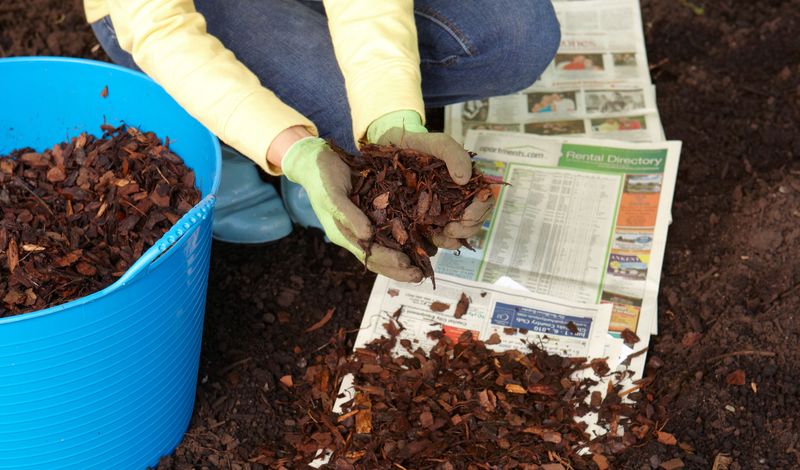
In times past, old newspapers found new life as garden mulch. Layering newspapers around plants suppresses weeds and retains soil moisture. It’s a resourceful way to recycle while nurturing the garden. Picture a garden pathway lined with newspaper mulch, a testament to practicality and simplicity. This technique keeps weeds at bay and soil conditions optimal. Embrace this forgotten practice, reducing waste and labor in your garden. It’s a nod to an era when every household item had a second life. Let newspaper mulch be your garden’s protective blanket, safeguarding and enriching nature.
7. Crop Rotation
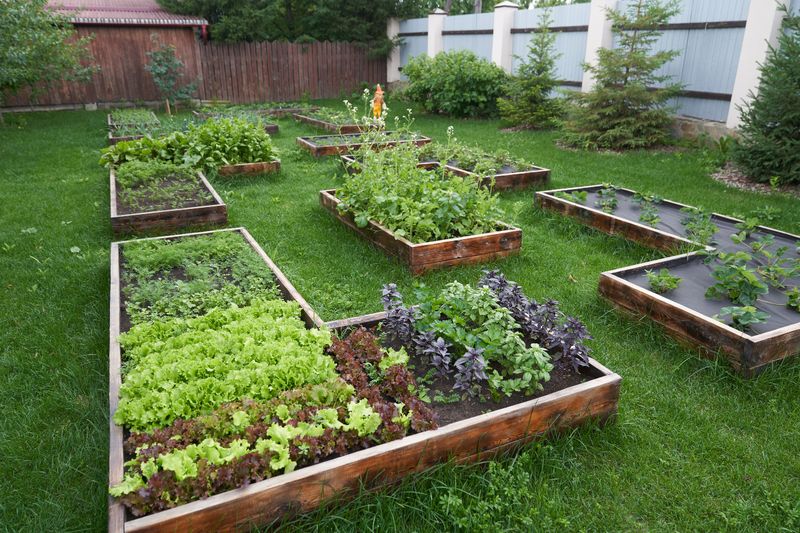
Crop rotation isn’t just for farmers; it’s a practice our grandparents used in their home gardens to maintain soil health. By rotating different plant families, the soil’s nutrients remain balanced, and pest cycles are disrupted. Imagine a vegetable garden organized in sections, each with a different crop, fostering a healthy ecosystem. This practice prevents soil depletion and promotes sustainable gardening. By adopting crop rotation, you embrace a holistic approach to gardening, ensuring each season brings a bountiful harvest. It’s an age-old wisdom that keeps gardens productive year after year.
8. Cold Frames for Season Extension
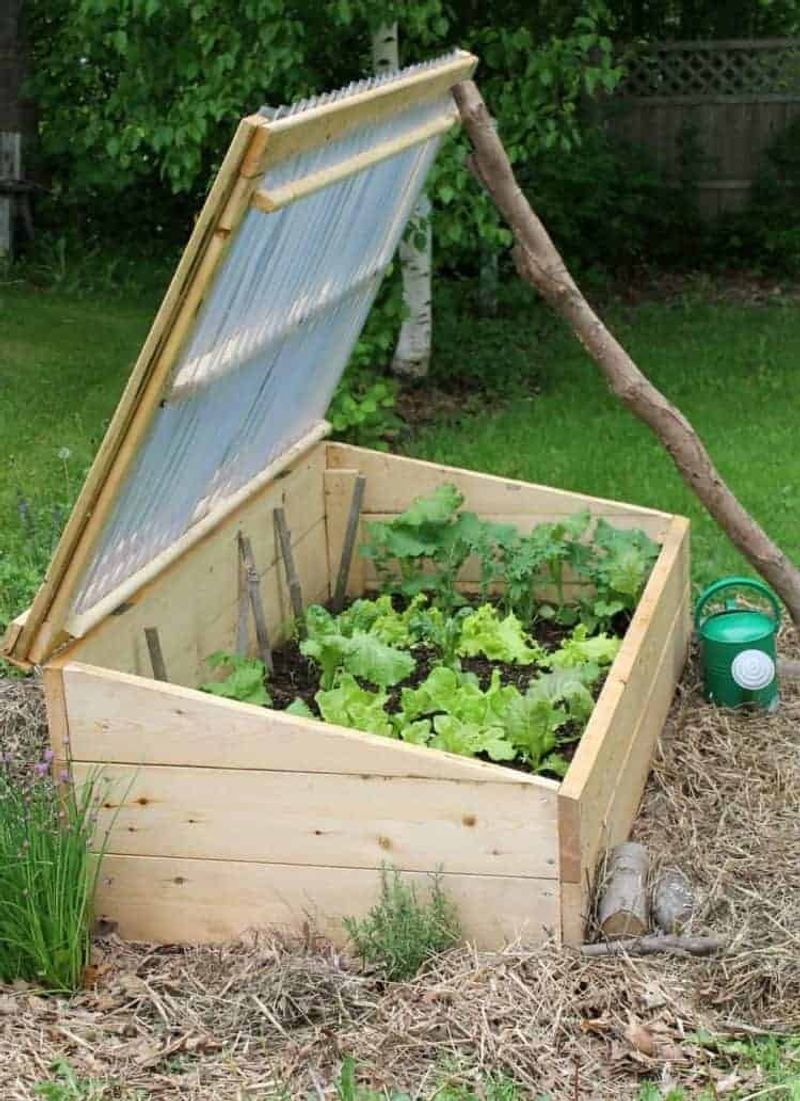
Our grandparents mastered the art of extending the growing season with cold frames. These simple structures protect seedlings from frost and harsh weather, allowing for an earlier start in spring. Imagine a quaint cold frame nestled in your garden, a sanctuary for tender plants. This method ensures a longer and more fruitful gardening period. By utilizing cold frames, you harness the power of nature to guard your plants, making the most of each growing season. It’s a practice that combines ingenuity with simplicity, embodying the timeless wisdom of generations past.
9. Natural Pest Control
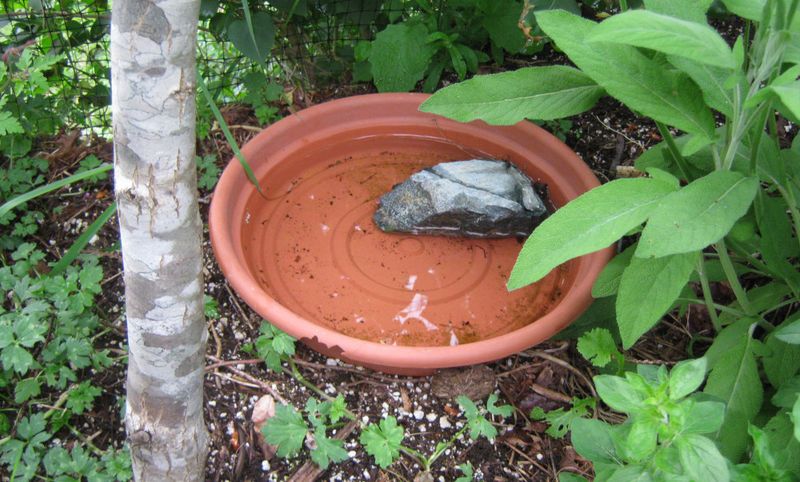
Before chemical pesticides, gardeners relied on nature for pest control. Encouraging beneficial insects like ladybugs and lacewings keeps harmful pests in check. Visualize a ladybug navigating the leaves of your garden, serving as a natural defender. This practice fosters ecological balance and plant health. Our grandparents understood the value of working with nature, not against it. By promoting natural pest control, you ensure a thriving garden without harmful chemicals. It’s a return to harmony with the environment, celebrating the delicate dance of predator and prey that keeps gardens lush.
10. Herbal Teas for Plants
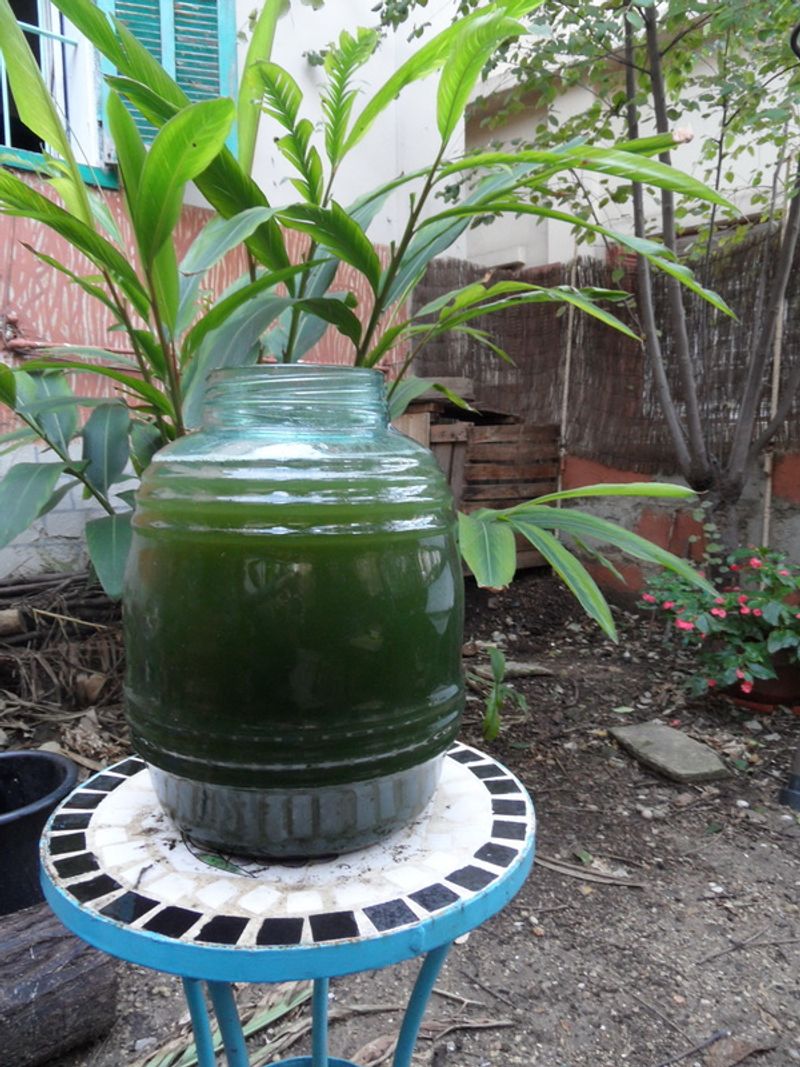
Feeding plants with homemade herbal teas was a practice known to our grandparents for promoting growth. Infusions made from plants like comfrey and nettle offer nutrients that boost plant vitality. Imagine brewing a herbal tea for your garden, a concoction of nature’s goodness. This method provides plants with organic nourishment, encouraging robust growth. By embracing this practice, you nourish your garden with the essence of nature itself. It’s a simple yet profound way to cultivate health and vigor in your plants, connecting with time-honored traditions that celebrate simplicity and sustainability.
11. Hand Pollination
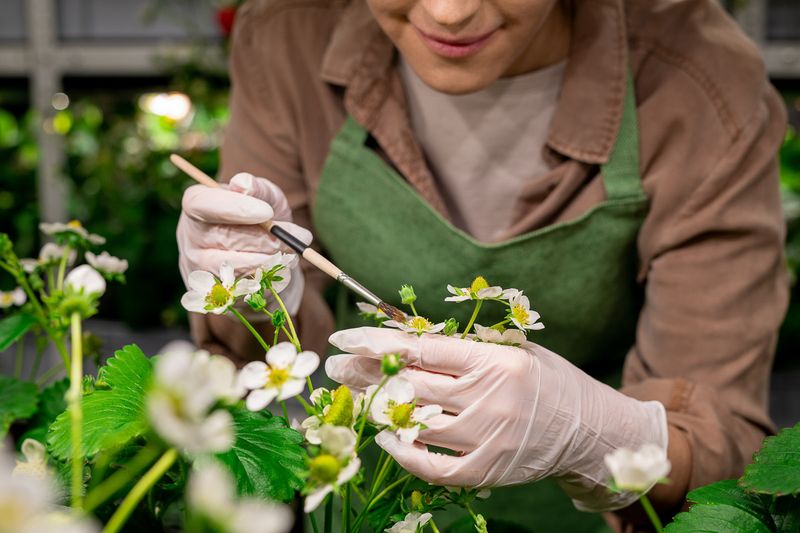
Hand pollination is a craft our grandparents practiced to ensure fruit set in gardens. By transferring pollen manually, they supported plants that struggled with natural pollination due to environmental factors. Picture a gardener gently dusting pollen from one flower to another, fostering life and growth. This hands-on method guarantees a successful harvest, especially in urban areas with fewer pollinators. By adopting hand pollination, you actively participate in your garden’s reproductive cycle, ensuring bountiful yields. It’s a practice that requires patience and care, embracing the delicate art of nurturing life.

